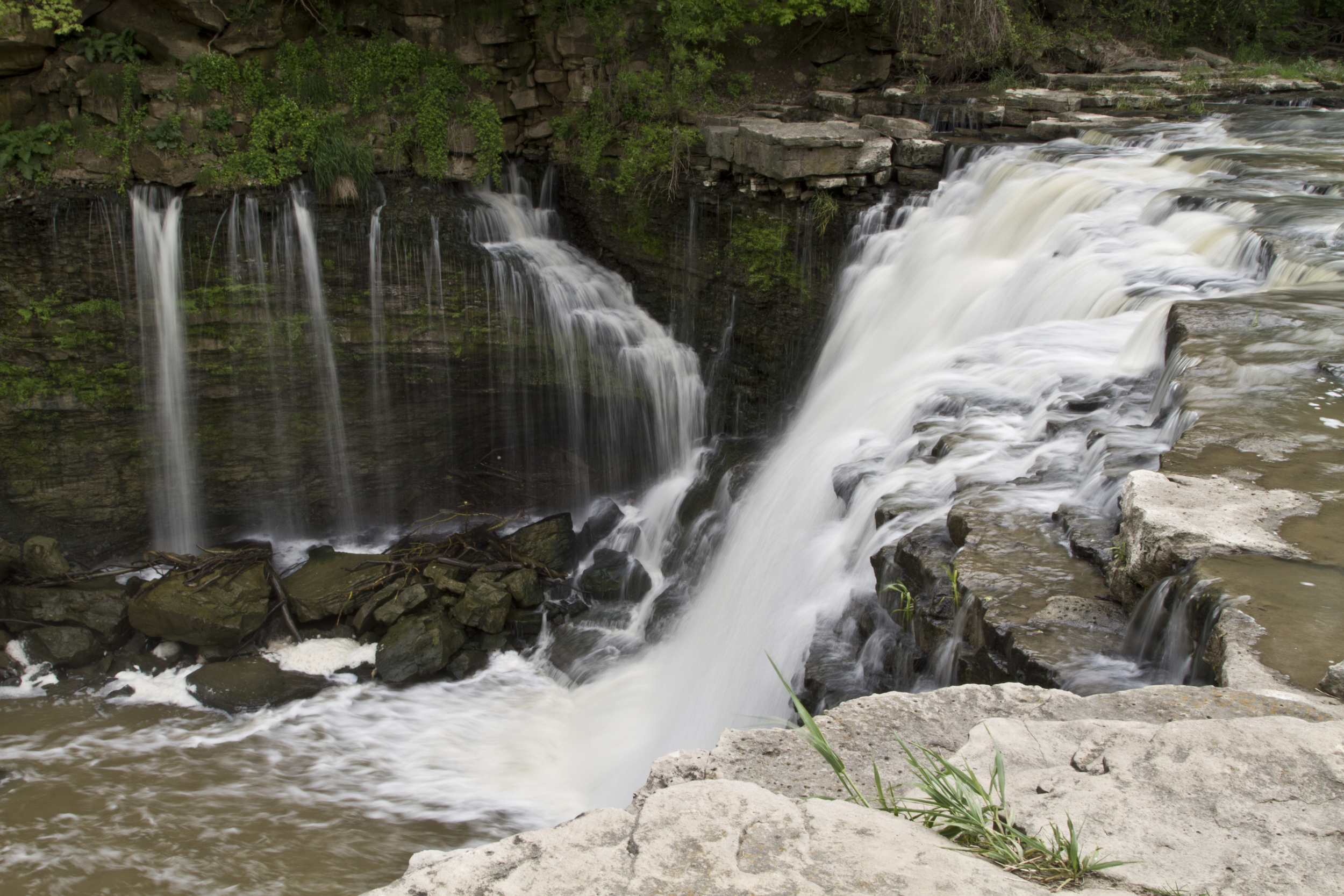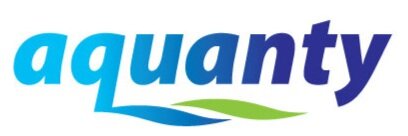

HGS RESEARCH HIGHLIGHT – Mine rock stockpile reclamation trial, Detour Lake Mine
HydroGeoSphere is a powerful tool for evaluating the hydrology of open pit mining operations. HGS modelling at mine sites is typically at the site scale, and presents a perfect use case for short-term real-time hydrologic forecasting. But HGS can also be a great tool at smaller scales. In this study the authors use 1D column HGS models to evaluate the hydrology of a simple unengineered reclamation cover overlying mine waste rock from the Detour Lake Mine in Northern Ontario. 2D cross sectional HGS models were also constructed to ensure the 1D column models were producing accurate results.

Aquanty Staff Research Highlight – Saturated hydraulic conductivity in northern peats inferred from other measurements
Morris et al. 2022 is a meta-analysis of 2507 peatland soil samples across Northern Canada and parts of Europe, which relates saturated hydraulic conductivity to depth and more commonly measured parameters like bulk density or the Van Post Humification Scale.



HGS RESEARCH HIGHLIGHT – Evaluation of baseflow separation methods with real and synthetic streamflow data from a watershed
Stream baseflow is inherently difficult to accurately estimate given the varied sources contributing to baseflow, it’s spatial variability, and the logistical difficulties in making physical baseflow measurements. Thanks to the fully integrated nature of HydroGeoSphere, and the fact that HGS was created with a strong emphasis on physics, HydroGeoSphere represents a very powerful tool for baseflow estimation, especially in lightly studies watersheds!


HGS RESEARCH HIGHLIGHT – Sequential surface and subsurface flow modeling in a tropical aquifer under different rainfall scenarios
This paper demonstrates how HGS is flexible enough to model specific regions/domains of interest (i.e. including discrete fracture networks, but without integrated surface hydrology) and can be used in conjunction with other hydrologic modelling platforms.

